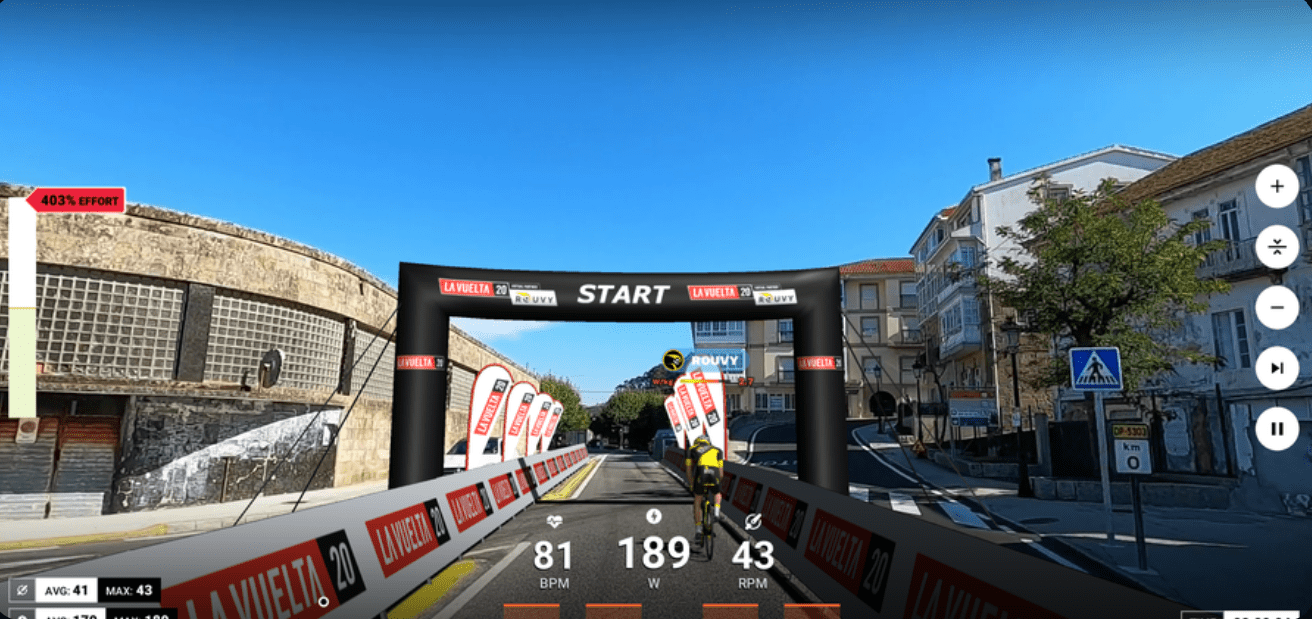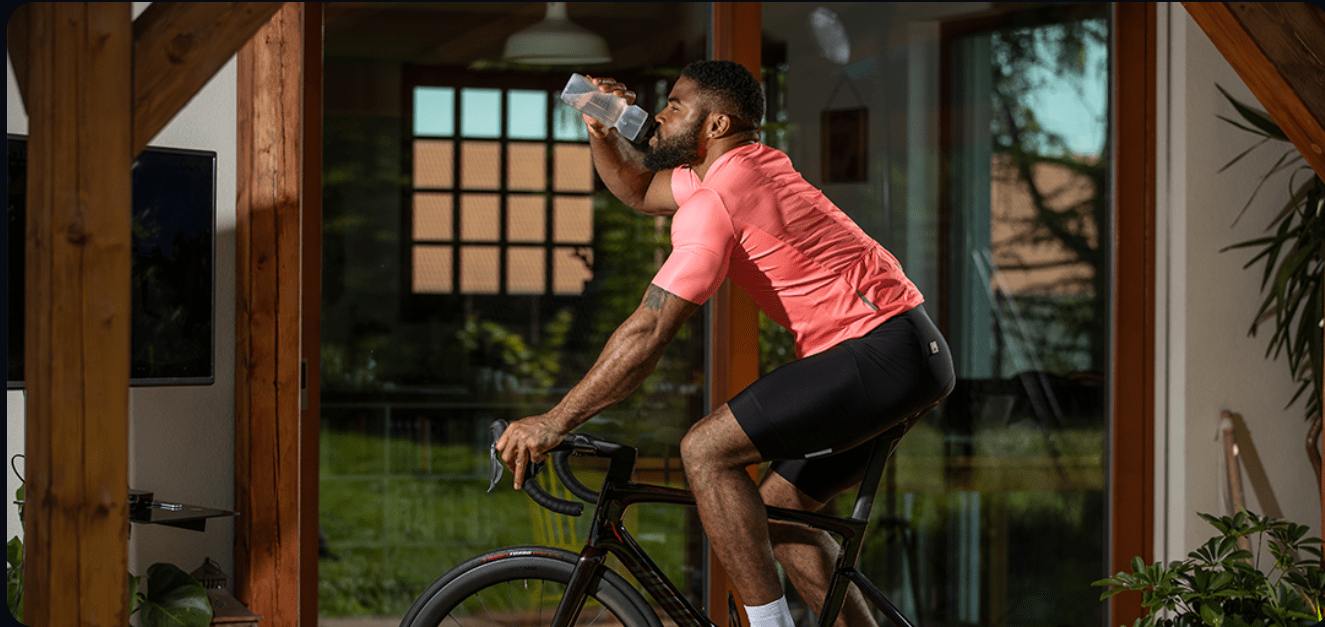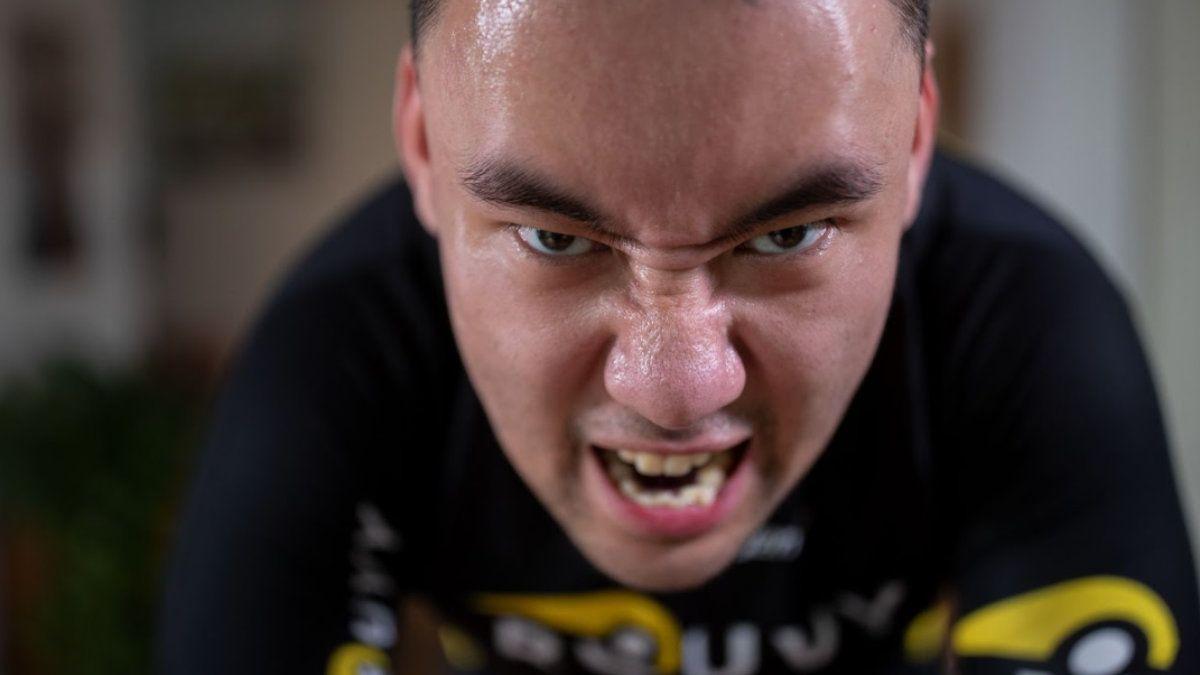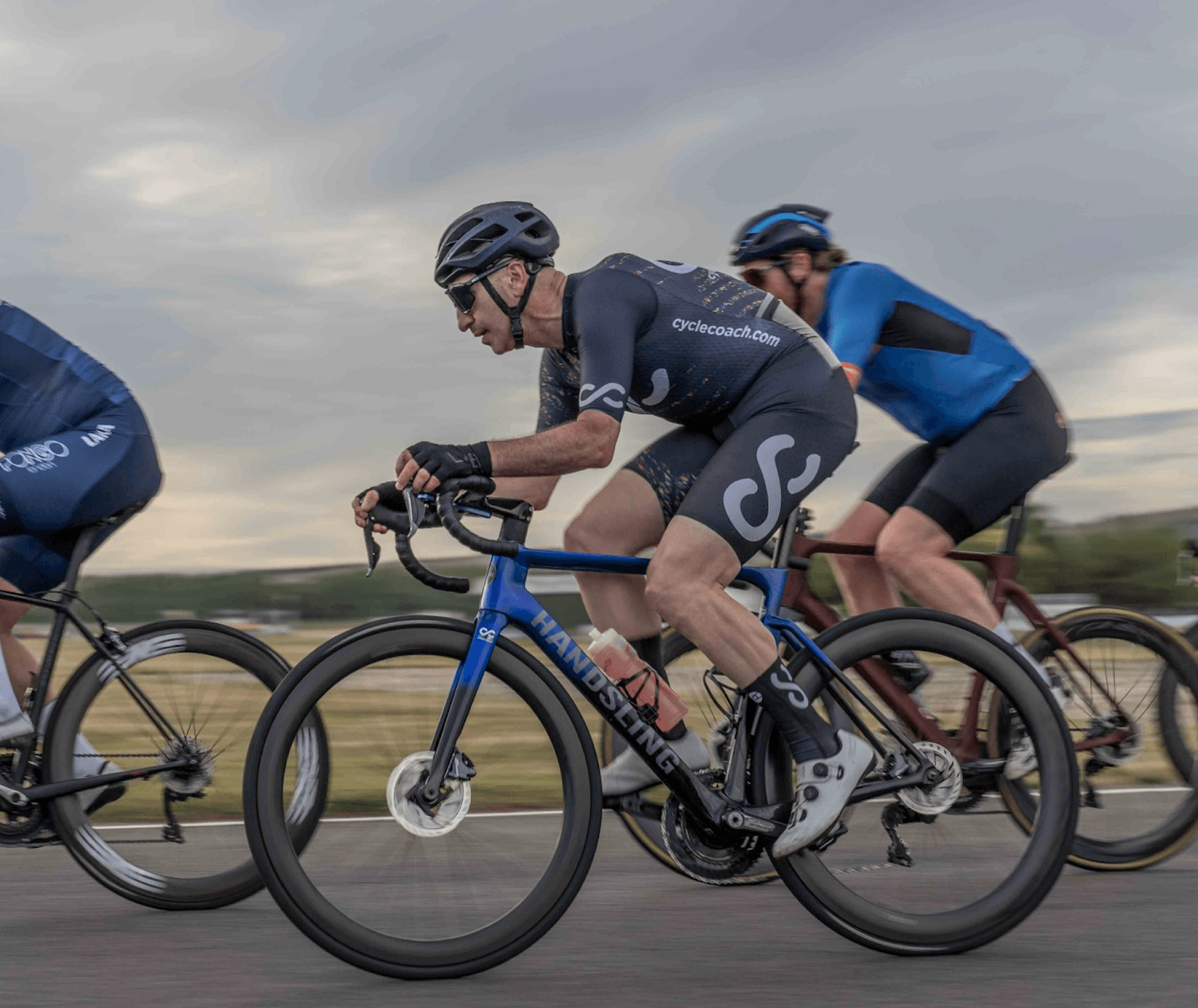
Whether you’re chasing KOMs outdoors or grinding it out on ROUVY’s virtual climbs, strength training could be the key to your next breakthrough. Most cyclists know they should strength train, but few actually do. The common reasons? Time, confusion about what to do, and the fear of bulking up.
In this article, we’ll break down why strength training matters, bust a few myths, and show you how to build a simple, effective routine – whether you train at home or in a gym.
Previously, I had been against strength training and felt it would be detrimental to cycling performance. But over the years, my ideas have changed and I’ve very much come to enjoy working out in a gym.
To be perfectly honest, I was initially terrified about going to the gym. I thought everyone would look like Arnie, and that I’d be a weakling unable to lift or squat more than 2 kilograms!
Why cyclists need strength training
If your goal is to become a better cyclist, you don’t need to become a powerlifter. But skipping strength work entirely? That could be limiting your performance, especially as you age. Research shows that strength training can:
Increase maximal force (which helps with sprinting, climbing, and accelerating)
Improve fatigue resistance (giving you a better ability to hold power late in rides)
Preserve muscle mass (especially important after age 40)
Lower your risk of injury (stronger joints and connective tissue)
Improve bone density (important for cyclists, who often have low-impact training)
Even 1-2 weight-training sessions per week can make a big difference. And no, it doesn’t have to be time consuming.
With myself and many of the athletes I work with, we’ve made significant changes to our fitness by adding in strength work in addition to cycling training. For myself, strength training added approximately 150 W to my all-time 5-second sprint power, and approximately 10 W to my all-time FTP. I want to clarify that I started recording my power output in my 20s and, as I write this, I’m 56 years old. Accordingly, these are significant changes in fitness that span some three decades of ageing.
Additionally, there’s evidence that substantial amounts of cycling can negatively impact bone mineral density. This affects both male and female riders, and young riders (say, in their 20s) as well as older riders. This decrease in bone mineral density can lead to osteoporosis and is caused by the fact that there are no ground reaction forces acting on your skeleton as you’d have from, say, running. Additionally, high sweat rates, and riders trying to make weight can exacerbate this issue.
By my early 50’s, I knew there was something wrong with my bones! I’d been fracturing bones in crashes since my late 20s and ended up having a DEXA scan which confirmed I had osteoporosis. After two years of strength training, I’ve made significant improvements to my bone health and I now no longer have osteoporosis. (Not that I want to crash and test out how strong my bones are now!)
Busting the "bulk" myth
One of the most persistent myths is that strength training makes cyclists bulky. In reality, this doesn’t happen unless you deliberately train and eat to gain mass and significantly reduce your cycle training.
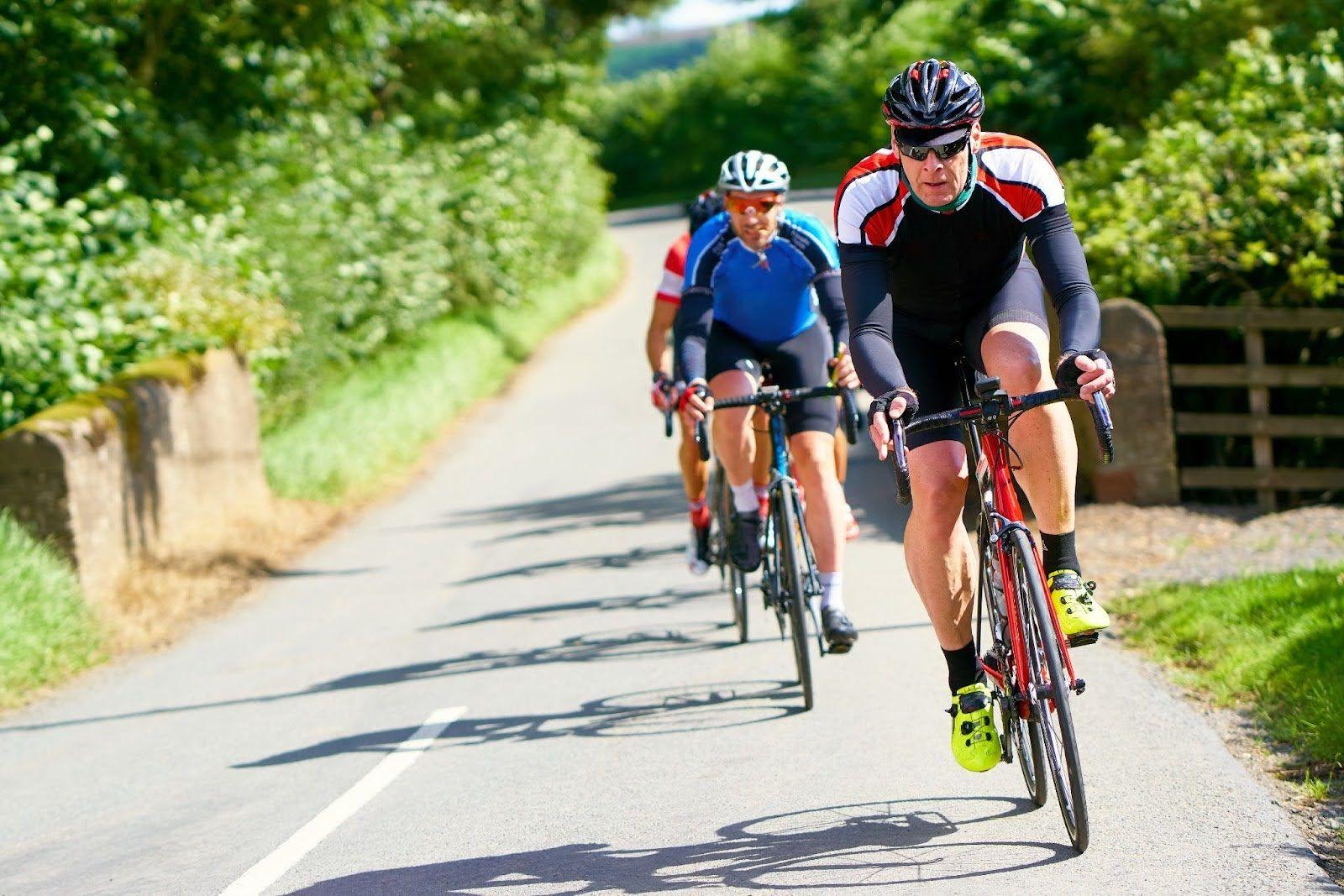
Cyclists doing moderate strength training (2-3 sets of 3-10 reps with adequate rest) won’t gain noticeable size. Instead, they’ll build neuromuscular strength – improving coordination and efficiency on the bike without packing on kilos.
In fact, some elite cyclists strength train year-round and maintain lean, high-performance physiques. I strength train year round and suggest that my athletes do as well. During race season, most riders need to reduce the amount of strength work they do, but it can still be possible to fit in a workout or two, even with weekly racing. It may be that you’ll need to reduce your strength work to once per week with regular racing and potentially even drop the weight of each lift by a bit – but it is possible.
Optimize your nutrition for strength training & cycling
At the same time, it’s important to make slight alterations to your nutrition to support your health and recovery. For athletes who cycle five or more times per week and include two strength sessions per week, I recommend taking in 1.8-2.2 grams of protein per kilogram of body weight. (I recommend the same, by the way, for any active athlete aged 40 or over, male or female.) For example, if you weigh 70 kilograms (154 Lbs.) then you’d need around 140 grams of protein per day.
While this can be challenging for some athletes (especially those who eat a plant-based diet) it is perfectly possible to supplement your diet with protein shakes. Again, taking in this amount of protein will not make you bulk up like Arnie!
Gym vs. Home: You can get strong anywhere
You don’t need a gym membership to start. I started at home, with a couple of kettlebells I purchased from Amazon, the heaviest of which was just 8 kilos! With this, I began to learn good form without placing undue stress on my joints as I increased my strength. It feels funny now to see that, when I started with squats, I was using a 2-kilogram weight (don’t laugh!), and now I’m able to squat 78 kilograms (122% of my body weight).
From basic home workouts to a gym-based routine, here are some exercises I recommend to get you on the road to unlocking your full potential.
Gym-based strength exercises (best for maximal strength):
Squats
Deadlifts
Leg press
Romanian deadlifts (RDLs)
Lunges with dumbbells or barbell
Seated or standing calf raises
When doing these foundational strength-building exercises, focus on good form over heavy weight. If you’re new to weight training, spend 2-3 weeks doing higher reps (8-12) with light weights before gradually increasing load and dropping to 4-8 reps per set.
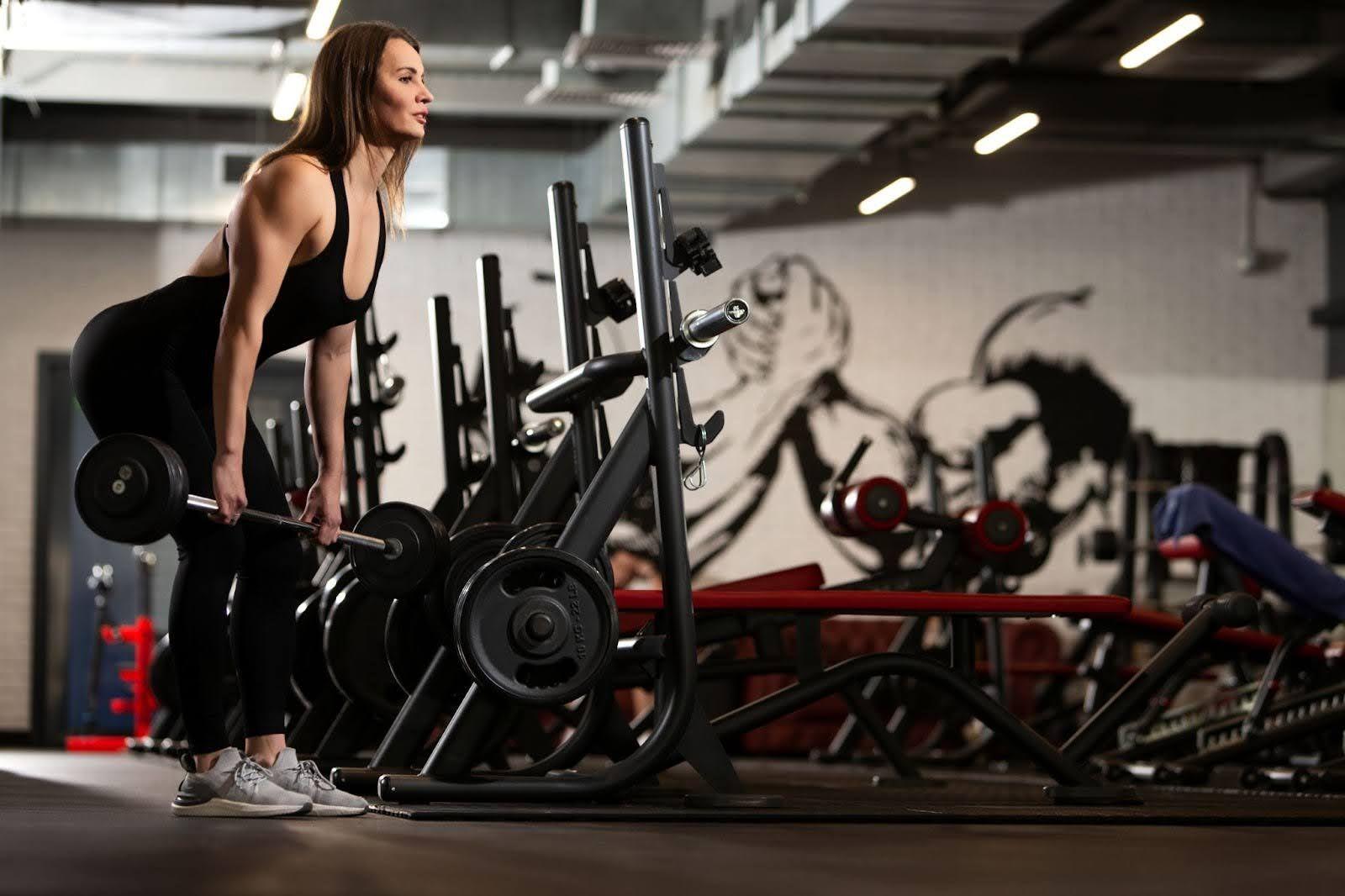
By using light weight initially you can focus on getting the movement patterns correct and on ensuring that you’re not going to injure yourself (other than getting delayed onset muscle soreness, or DOMS). I found videoing myself with my phone was a great way to see exactly what I was doing (wrong). Once your form is good, and you’ve started to build some strength in your joints and connective tissue, you can start increasing the amount of weight you’re lifting. As you increase the amount of weight you’re lifting, also start to reduce the number of reps you’re doing per set, so you start lifting towards your maximal amount of weight.
At-home strength options (minimal kit):
Bodyweight squats or goblet squats with a backpack or kettlebell
Step-ups using stairs or a sturdy box
Split squats (rear foot on a chair or sofa)
Glute bridges (add weight on your hips if needed)
Calf raises on stairs
Resistance-band rows for upper body
Planks, side planks, and bird-dogs for core
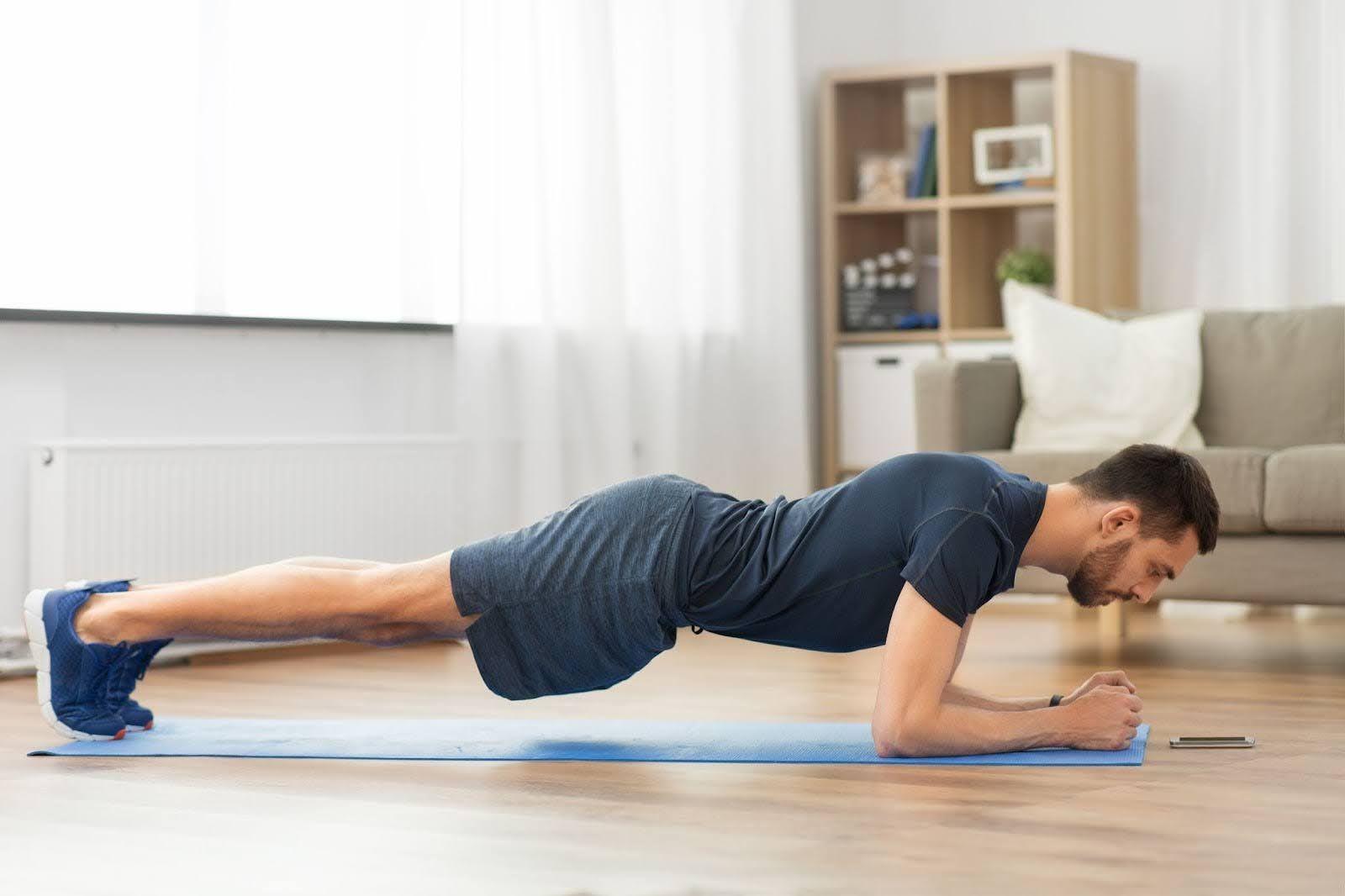
Many of these at-home exercises can be done in just 20-30 minutes. They’re perfect for rest days, or after a short indoor ride on ROUVY. Once you build your confidence and form, you can either progress to the gym (where they’ll have heavier weights) or you could get some heavier weights for use at home. Note that you may need additional equipment such as a squat rack.
Getting Started: A simple progression for cyclists
Here’s a basic strength-training plan for cyclists. Whether you’re using bodyweight or lifting in the gym, the structure is the same:
Phase 1: Adaptation (2-3 weeks)
- Focus: Learn movement patterns, build joint stability
- 2x/week
- 2–3 sets of 10–12 reps at light load
Phase 2: Strength Building (4-6 weeks)
- Focus: Increase force production
- 2x/week
3-4 sets of 4-8 reps, lifting heavier weights
- Phase 3: Maintenance (in-season)
- 1x/week
- 2-3 sets of 4-8 reps
Note: You can cycle through these three phases throughout the year. During your indoor training season on ROUVY, you might maintain strength once a week while focusing on climbing workouts or FTP workouts. When you have more time, you can do more strength work. Just to gie you an idea, many of the riders I work with will do 2-3 strength sessions each week in the off-season, and 1-2 sessions each week during race season. Even when I’m racing, I’m still getting into the gym at least once per week. It’s only if I race multiple times in a week that I may struggle to get to the gym (but several races in one week only happens once or twice a year for me).
Weekly strength-training example
Monday:
- Bodyweight session or gym (focusing on your lower body)
Wednesday:
- Optional short core session (planks, glute bridges)
Friday:
- Strength session (lower + upper body)
This regimen leaves plenty of room for your key rides or ROUVY sessions on Tuesdays and Thursdays, and on the weekend.
Sample at-home strength workout (no equipment needed)
Warm-up (5 minutes):
- Air squats x 10
- Glute bridges x 10
- Bird-dogs x 10 (5 per side)
- Side lunges x 10
Main set (repeat 2-3 rounds):
- Step-ups (each leg) x 10
- Glute bridges x 15
- Split squats x 8 per leg
- Calf raises x 15
- Plank hold x 30–60 seconds
Cool down: light stretch or foam roll
Note: You can add weight by wearing a loaded backpack if needed.
Strength training for cyclists: Tips for success
Start light, especially if you haven’t strength trained before.
Form first. Bad form equals injury risk.
Be consistent: Working out 1-2 times per week beats a random heavy day every few weeks.
Don’t panic if you’re sore: Mild DOMS is normal in the beginning.
Don’t lift to failure, especially during your base or build cycling phases.
Note: It’s perfectly normal to have DOMS after strength training – especially at the beginning, after time off, or when rapidly increasing the weight you’re lifting or the reps that you’re doing. Soreness may not be apparent until 24 to 48 hours after working out, and can be quite debilitating at first, especially if you’re not expecting it. If I have time off and then restart I sometimes find that, the next morning, just walking down stairs can be a challenge. The soreness passes quickly, however, so there’s nothing to worry about. But you wouldn’t want to do a moderate or hard cycling session with DOMS.
How to space your cycling and strength work
For many riders, determining where to place your strength work can be a challenge. If you can only cycle up to four times per week and adding in strength training would reduce your cycling sessions, then you may want to consider your goals carefully and think about how it could be integrated – or perhaps not doing the strength work.
On the other hand, if you don’t need to reduce your cycling or are doing more than four cycling sessions per week and can lose a session, then adding in strength work would be hugely beneficial.
For most people reading this, your focus is going to be on improving your cycling performance and therefore you should prioritise your cycling. The way that I do this is two-fold.
First, I do my strength work on the same days that I do my intensity work on the bike. This is so my intensity days are not doubled up (in other words, I do 2-3 intensity sessions each week on the bike and up to 3 sessions in the gym doing strength work). By keeping them on the same day, you minimize the stress the body has to undergo.
Second, I prioritize my cycling by doing my intensity work first and then, later in the day, doing my gym work. For the best adaptation, there should be several hours between the two sessions, and you’ll need to fuel well between sessions.
This way I can double up and get my cycling and strength work done with minimal disruption to my training.
Nutrition: How to fuel strength training for cyclists
If you're combining a hard ROUVY session in the morning with strength work later in the day, good nutrition becomes even more important. The goal is to fuel the work, optimize recovery, and avoid under-eating. Here’s a sample daily diet I’d recommend:
Breakfast (pre-bike; larger than usual to fuel your ride):
- High-protein yogurt with cereal or oats.
- Glass of juice.
- Coffee or tea.
- Optional: slice of toast or a banana.
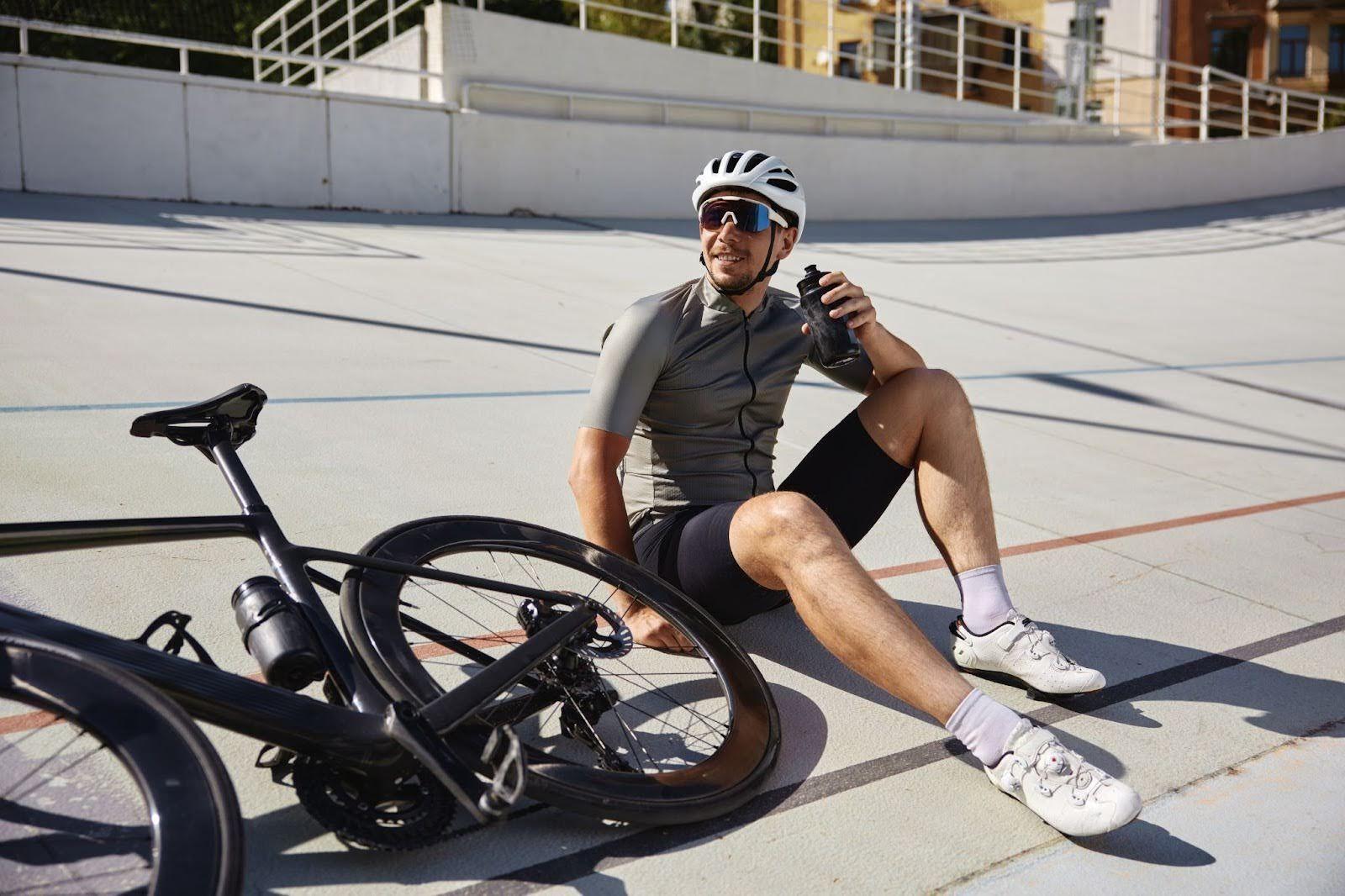
Bike session (A.M.):
- In-session fueling: Aim for at least 60 grams of carbs per hour (e.g., energy drink, gels, or bars).
Post-ride recovery:
- Protein shake: 20–40 g protein.
- Carb-rich meal or snack: sandwich, cereal bar, fruit, rice cakes.
Midday snack:
- Carb + small protein: fruit, toast with peanut butter, or another cereal bar.
Strength session (P.M.)
Post-gym recovery:
- Protein shake (20–30 grams).
- Optional: small carb snack if dinner is delayed.
Dinner:
- Balanced meal with carbs (pasta, rice, potatoes), protein (meat, fish, eggs, tofu, cheese, or legumes) and a vegetable.
Evening snack:
- Yogurt, muesli bar, milk or toast.
Conclusion: Ride stronger, recover faster
Strength training isn’t just for rainy days or the off-season. It can elevate your performance year-round. From sprints and climbs to reducing injury risk and boosting resilience, the benefits are too big to ignore. So, add some squats to your schedule and become a stronger cyclist – on ROUVY and out on the road!

